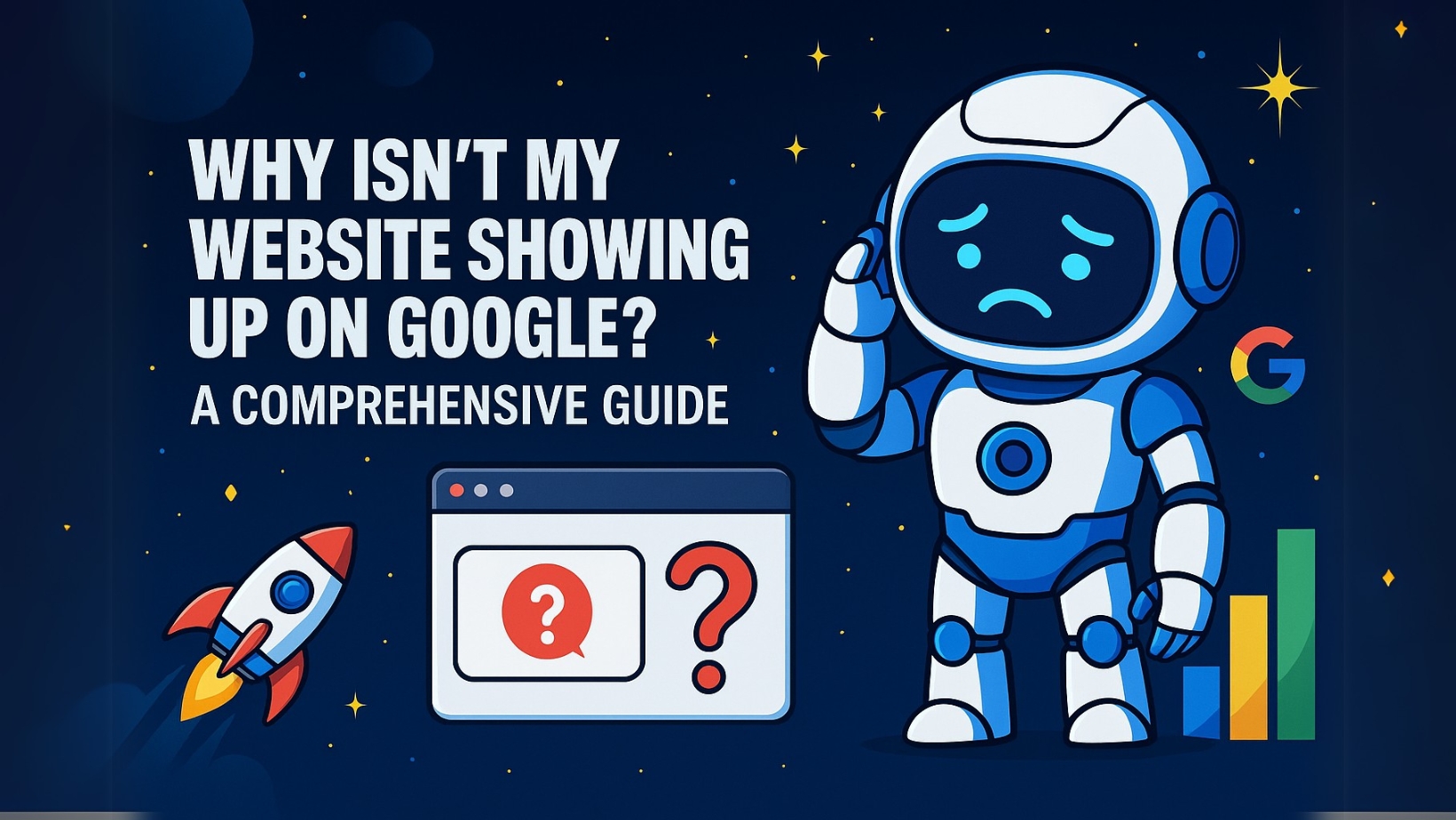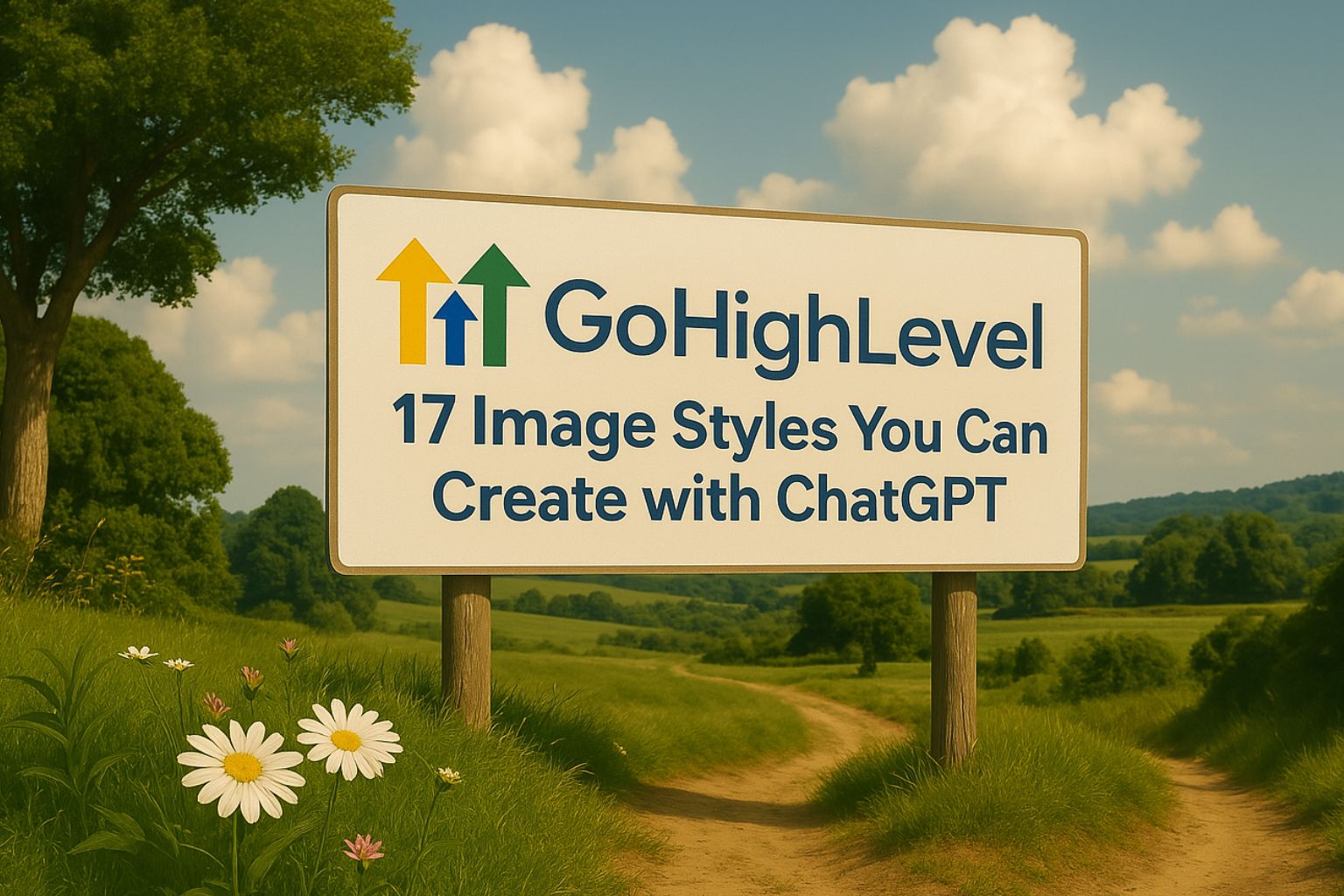
Exploring different visual styles can unlock new levels of creativity. Below, we introduce 17 unique image styles – from animation to fine art, photography, and fantastical genres – that ChatGPT’s image generation can produce. For each style, you’ll find a beginner-friendly description, an example prompt to try, and (where possible) a sample image generated in that style. Use these as inspiration, and feel free to experiment and tweak prompts for even better results!
Animated Styles
Studio Ghibli Style
Studio Ghibli films are known for their whimsical, hand-drawn anime style featuring lush backgrounds and expressive characters. This style often includes vibrant colors, magical landscapes, and a touch of nostalgia. Imagine scenes with dreamy lighting and delicate details that feel like a frame from a Miyazaki movie.
Tips: Emphasize “anime style” or “Hayao Miyazaki-inspired” in your prompt to guide the AI. Including elements of nature, magic, or gentle creatures can enhance the Ghibli-esque feel.
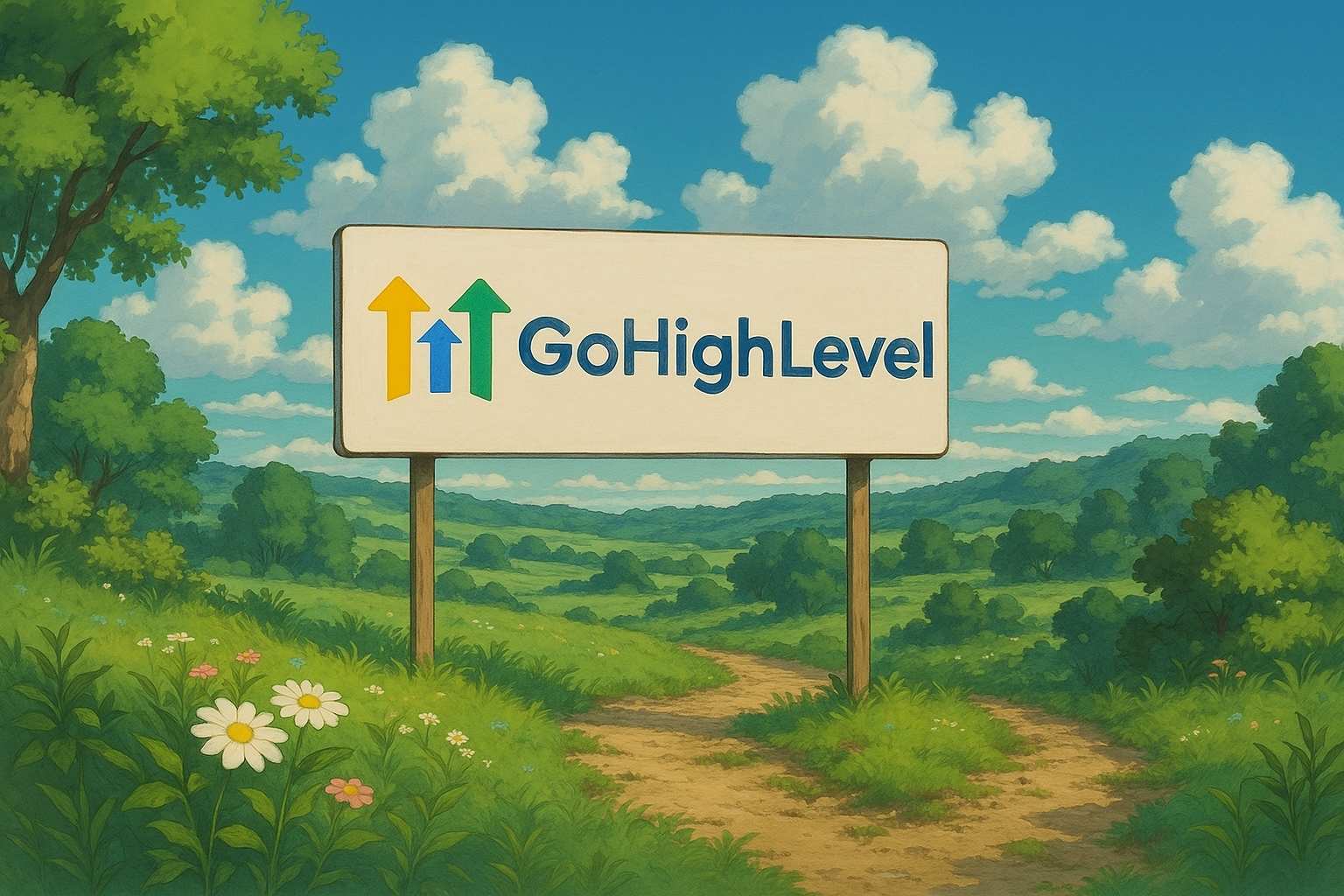
Prompt:
Pixar (3D Animated) Style
Pixar’s style is characterized by 3D animation with a playful, cartoonish twist. Expect smooth, rounded character designs and detailed environments that still feel fun and approachable. Colors are often bright and expressions exaggerated to convey emotion clearly.
Tips: Use adjectives like “3D animated,” “Pixar-like,” or “Disney-Pixar character” in your prompt. Focus on an emotional scenario or dynamic pose to get that storytelling feel Pixar is famous for. Don’t forget to describe the character’s appearance (e.g. “big eyes,” “smiling face,” etc.) to hit that signature look.
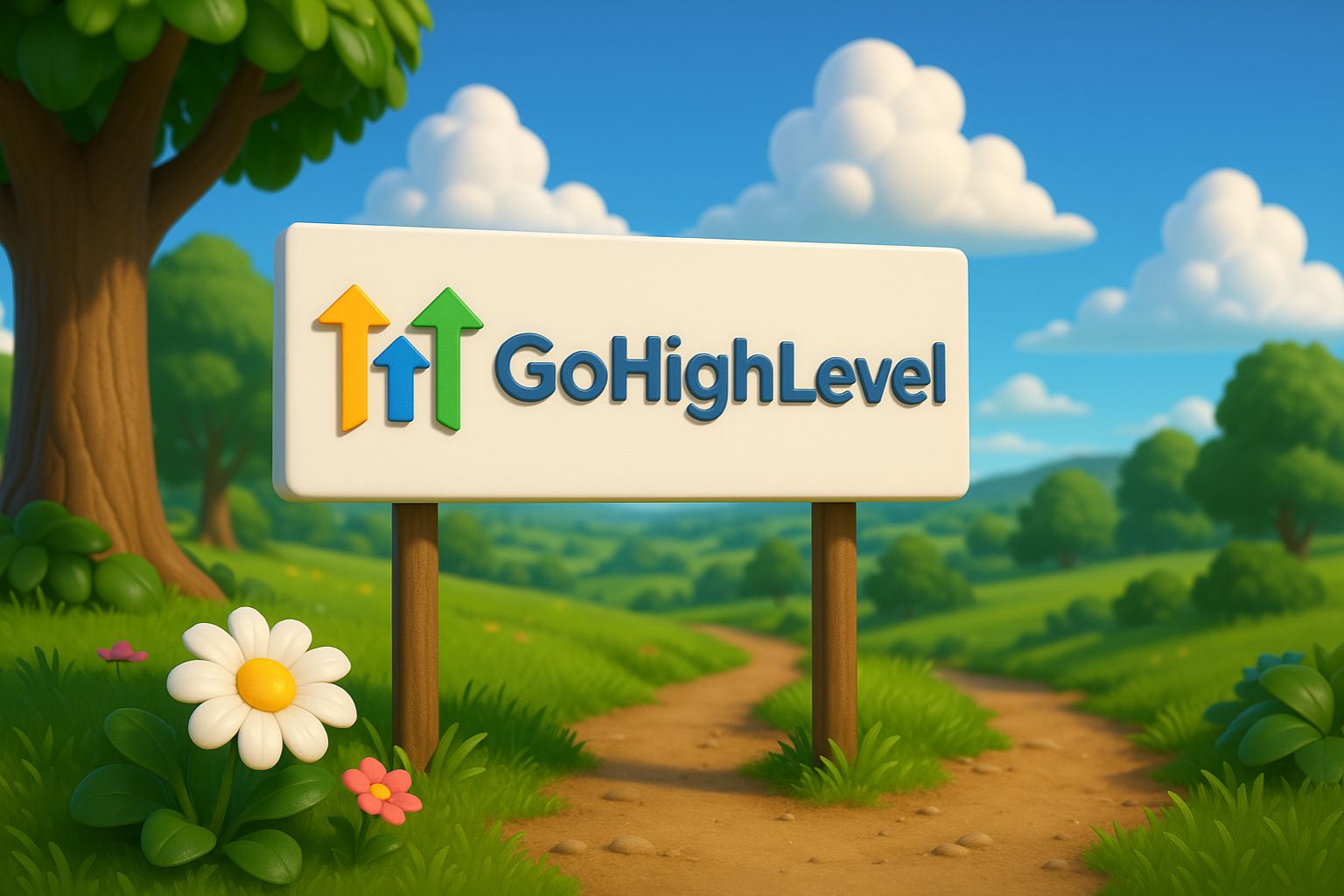
Prompt:
Classic Cartoon/Comic Style
(Think Saturday-morning cartoons or comic book panels.) This style uses bold outlines, flat colors, and stylized features. It can range from the simple lines of newspaper comics to the dynamic shading of superhero comic books. The key is simplified, graphic shapes and often some text or onomatopoeia (like “Boom!” or “Pow!”) for action scenes.
Tips: Phrases like “comic book style,” “inked outline,” or “cartoon drawing” help steer the AI. If you want the pop-art comic vibe, mention “Ben-Day dots” or a specific comic era (e.g. “Silver Age comic style”). For action, include sound-effect words (onomatopoeia) in quotes as part of the scene description.
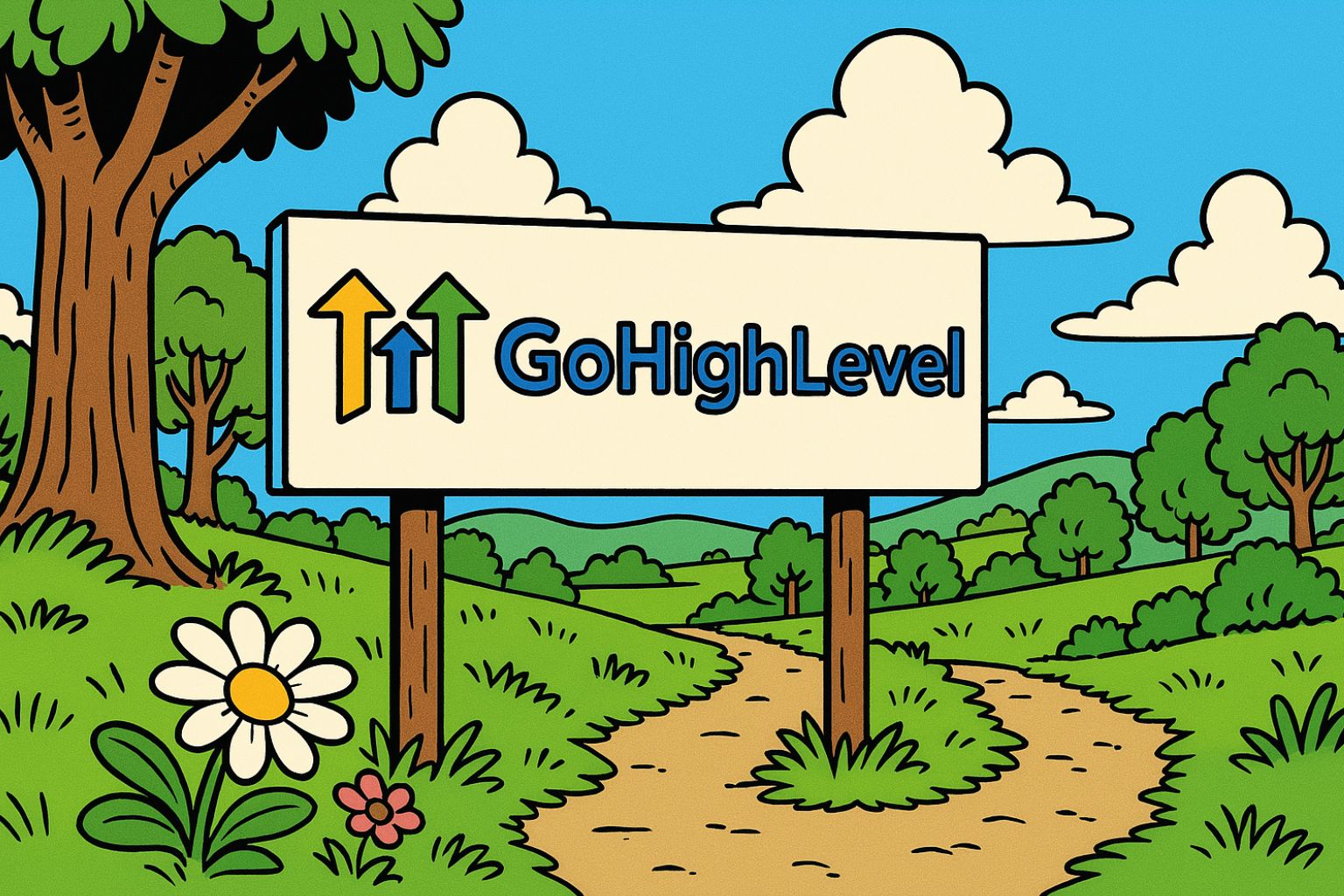
Prompt:
Artistic Styles
Watercolor Painting
Watercolor art is known for its soft washes of color, gentle blending, and fluid textures. Images often have a light, airy feel with colors bleeding into each other. Details might be a bit loose or abstract, giving an ethereal, delicate quality.
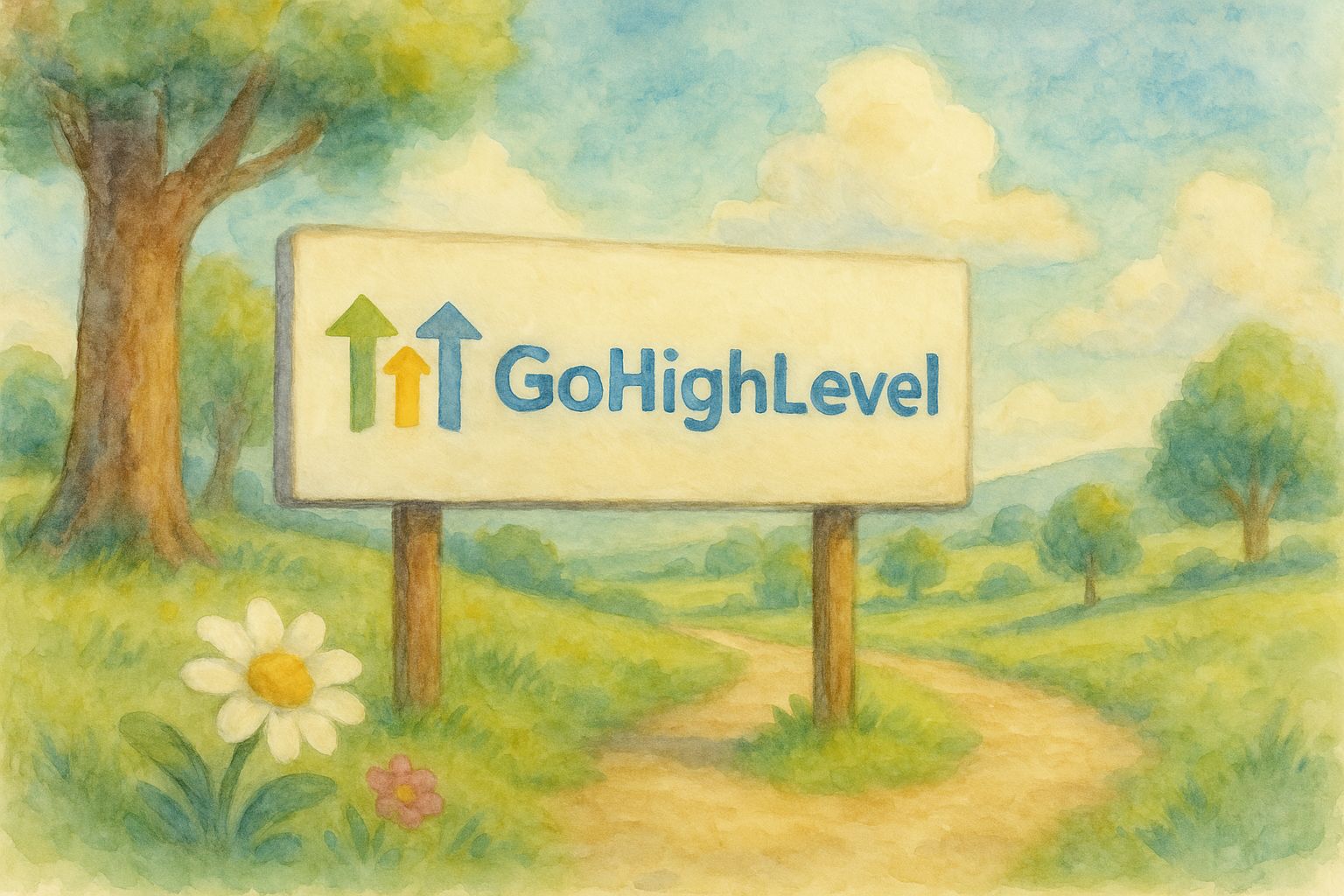
Prompt:
Oil Painting
Oil paintings are characterized by rich colors, visible brushstrokes, and depth. This style can capture light and shadow realistically, but with a textured, tactile quality from layered paint. Think of classical artworks in museums – dramatic landscapes, portraits with smooth blending, or still lifes with glossy highlights.
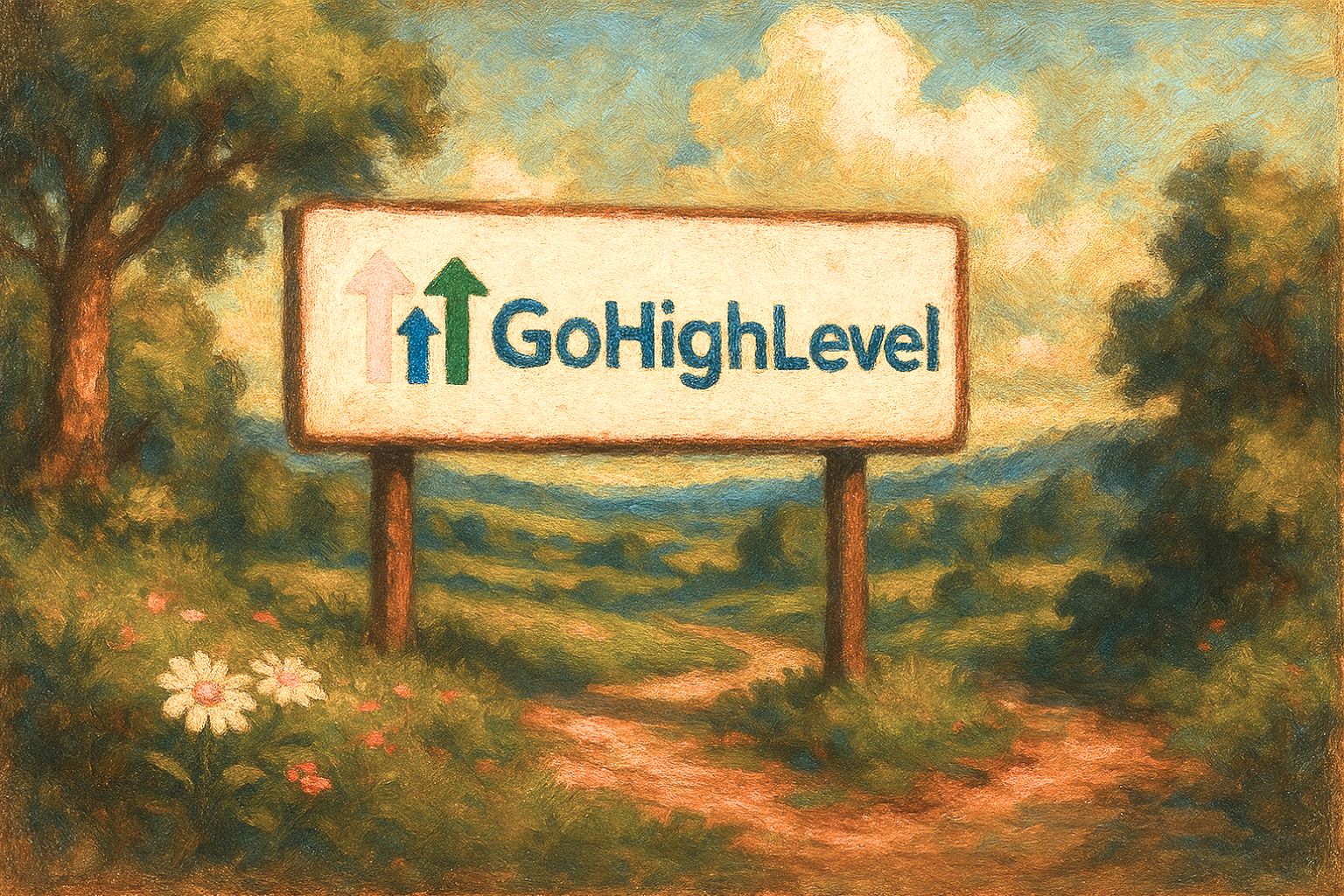
Prompt:
Impressionism
Impressionism seeks to capture the feeling or impression of a moment, often through quick, broken brushstrokes and vibrant color. Subjects might be slightly blurry or blended when you look up close, but at a distance they form a clear picture. Common themes are outdoor scenes with natural light – think Monet’s gardens or Degas’ bustling cityscapes.
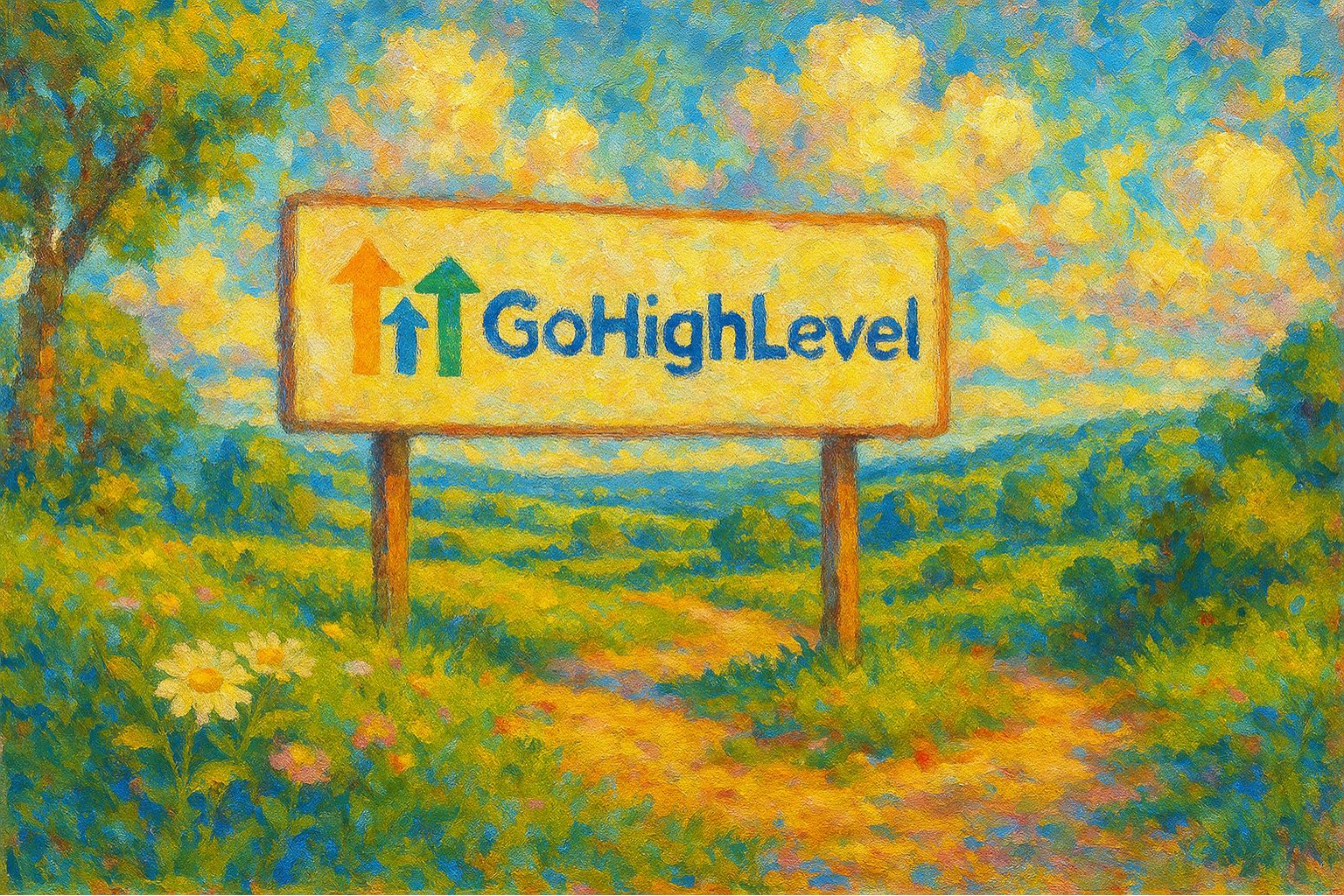
Prompt:
Surrealism
Surrealism is all about the dreamlike and bizarre – things that don’t normally go together, merged in artistic ways. You might see melting clocks, floating objects, impossible landscapes – imagery that feels like a vivid dream or a Salvador Dalí painting. The style often has realistic elements but arranged in fantastical or illogical ways.
Tips: Encourage weirdness! Use phrases like “surreal,” “dreamlike,” “fantasy,” or name-drop Salvador Dalí or René Magritte for inspiration. Combining unrelated elements (like animals with architecture, or swapping scales – e.g., tiny elephants next to giant flowers) gives the AI a cue to produce something mind-bending. Embrace odd juxtapositions; the more imaginative and descriptive you are, the more surreal the result can be.
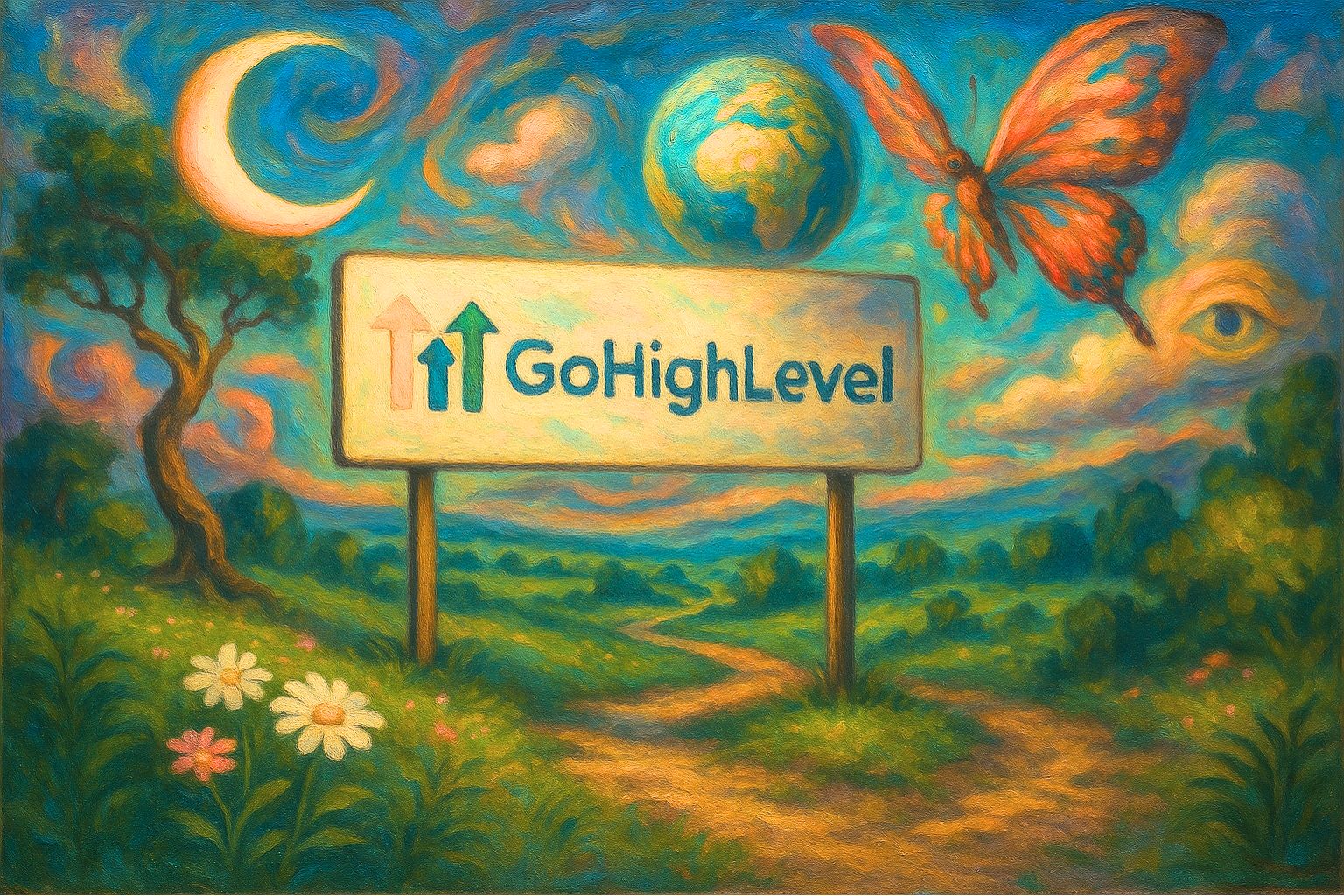
Prompt:
Pop Art
Pop Art is a bold, graphic style that emerged in the 1950s/60s, often using bright blocks of color and comic-like techniques. It frequently depicts everyday objects or celebrities, with a flat look and high contrast. Think of Andy Warhol’s colorful celebrity portraits or Roy Lichtenstein’s comic strip panels with dotted shading.
Tips: Use “pop art style,” “Warhol-like,” or “comic dot shading” in your prompt. High contrast and limited colors help. You can even specify a two-tone or four-tone color scheme (like Warhol’s repeated prints). Keep the content simple (one object or figure) to let the graphic style shine.

Prompt:
Photographic Styles
Macro Photography
Macro photography involves extreme close-ups, often of small objects like insects, flowers, or textures. The style shows fine details that are hard to see with the naked eye – like the delicate scales on a butterfly wing or the facets of a droplet of water. Usually the background is heavily blurred (shallow depth of field), making the subject pop out in sharp focus.
Tips: Including “macro photo” in your prompt is key. Mention the tiny details you want to highlight (the pollen on a bee’s leg, the veins of a leaf, etc.). Also, words like “close-up,” “high detail,” and “blurred background” signal the AI to use a shallow focus. This style is great for nature subjects – think insects, flowers, or small interesting objects like jewelry or textures.
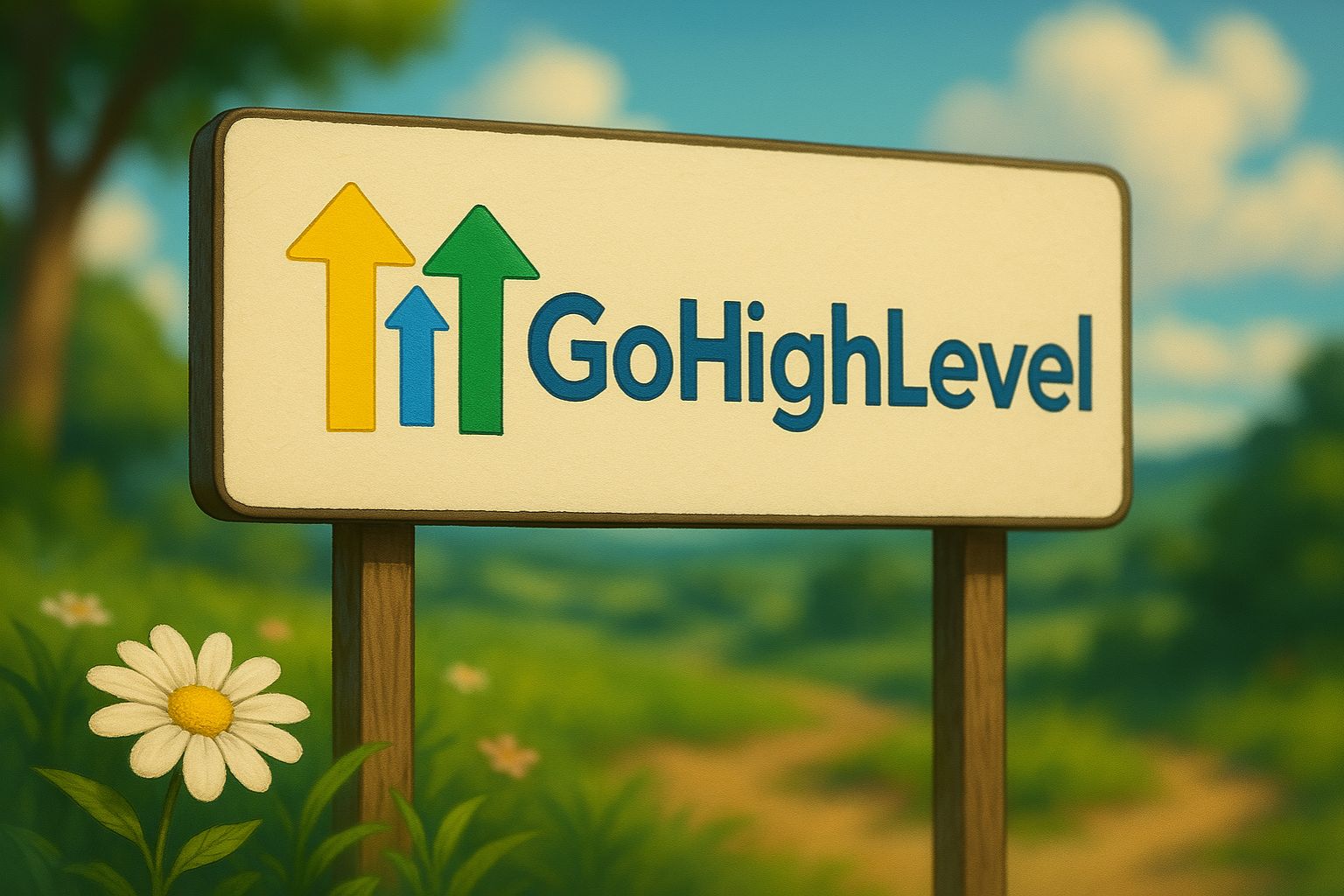
Prompt:
Vintage Film Photography
Vintage film style refers to photos that look like they were taken decades ago on film cameras. Expect faded or muted colors, a bit of grain or noise, maybe light leaks, and high contrast in black-and-white shots. This style gives an old-time, nostalgic mood – like flipping through an old photo album or watching a classic movie.
Tips: Use terms like “vintage photo,” “film grain,” “Polaroid style,” or a specific decade (1920s, 1970s, etc.) in your prompt. Mention elements like “sepia tone” for an antique look or “light leak” for that retro camera quirk. If you want the image to look aged, you can also add “faded” or “weathered photograph” to the description. The AI may incorporate slight blurs or color shifts to sell the retro vibe.
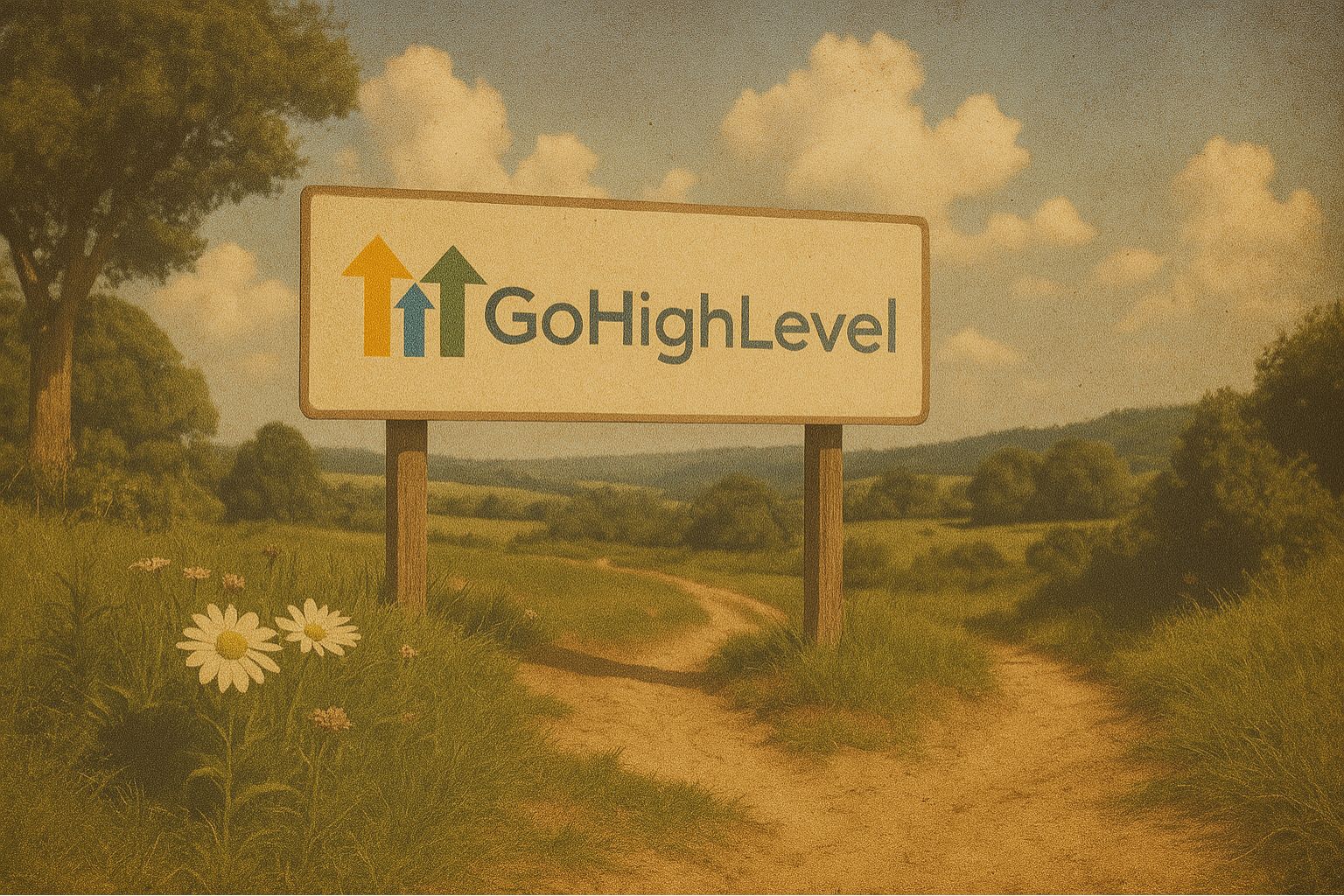
Prompt:
Cinematic Style
A cinematic image looks like a frame from a movie. This means dramatic lighting, careful composition, and often a wider aspect ratio (letterbox format). Colors might be color-graded (think teal-and-orange Hollywood tones or moody desaturated palettes), and the scene often implies a story. You can imagine lens flare from a sunset or depth of field focusing on a character, as if a camera shot the scene.
Tips: Use the word “cinematic” or phrases like “movie still”. Mention specific lighting conditions (“soft backlight,” “high contrast shadows,” “spotlight on subject”). You can also reference directors or genres for influence (e.g., “in the style of a film noir” or “Spielberg-style lighting”). If you want letterboxing, you might try “16:9 frame” or “wide angle shot”, though the AI may or may not include black bars. The key is to set a scene with atmosphere – that storytelling element will make it feel cinematic.
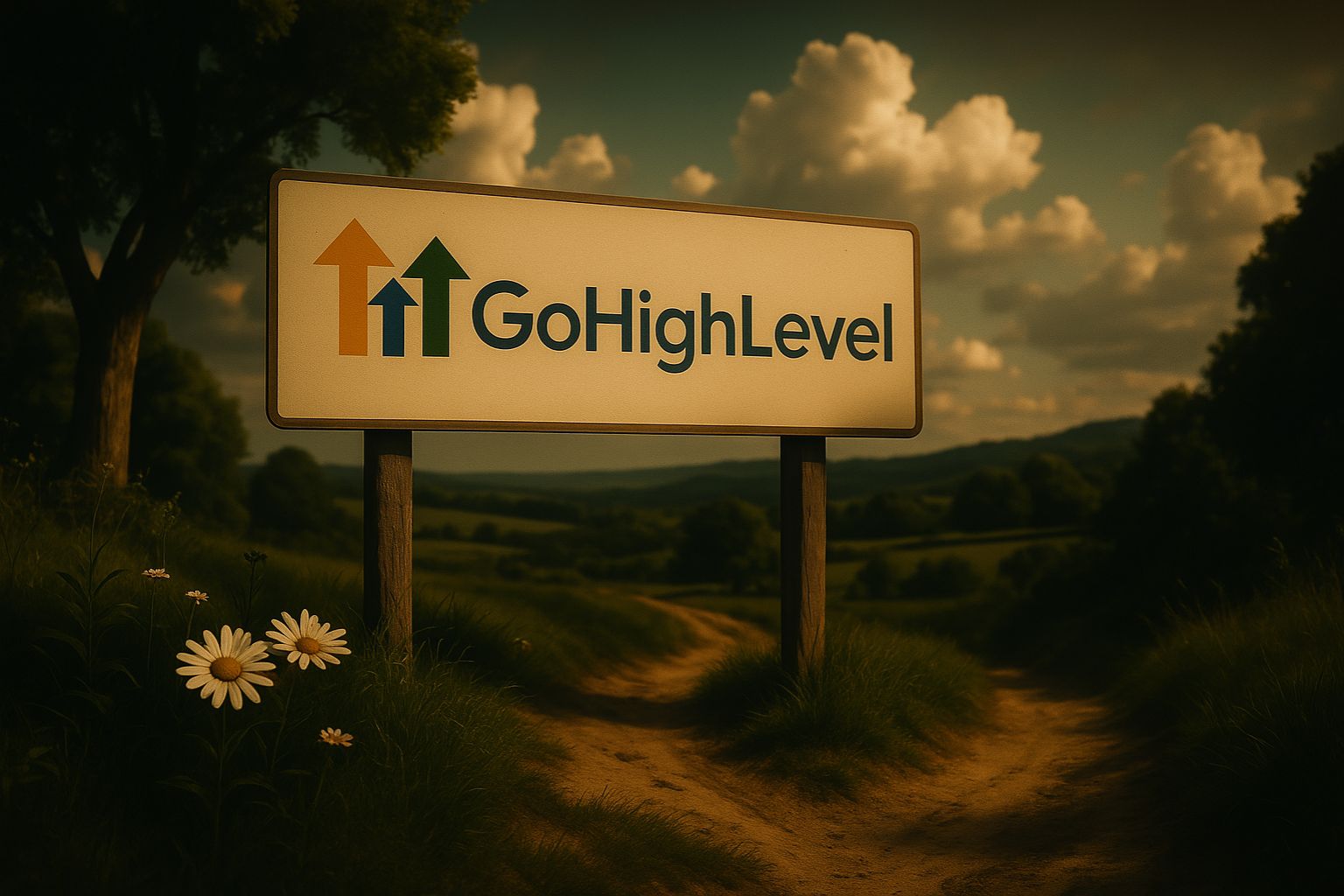
Prompt:
Black & White Noir
Noir style is often black-and-white, with strong contrasts and dramatic shadows. It’s the look of 1940s detective films: moody lighting (often light coming through blinds, rainy streets at night, foggy alleys), fedoras and trench coats, and a slightly gritty texture. Even in color, a noir style image will emphasize shadow and light more than vibrant colors, often sticking to monochromes or very muted tones.
Tips: Definitely include “black and white” and “film noir” in the prompt. Reference common noir elements like “harsh shadows,” “1920s detective,” “wet cobblestone street,” etc. If you want that classic lighting, you can mention “Rembrandt lighting on face” or “backlight silhouette.” Also, adding words like “grainy” or “vintage” can add to the authenticity, since noir hearkens back to early film photography.
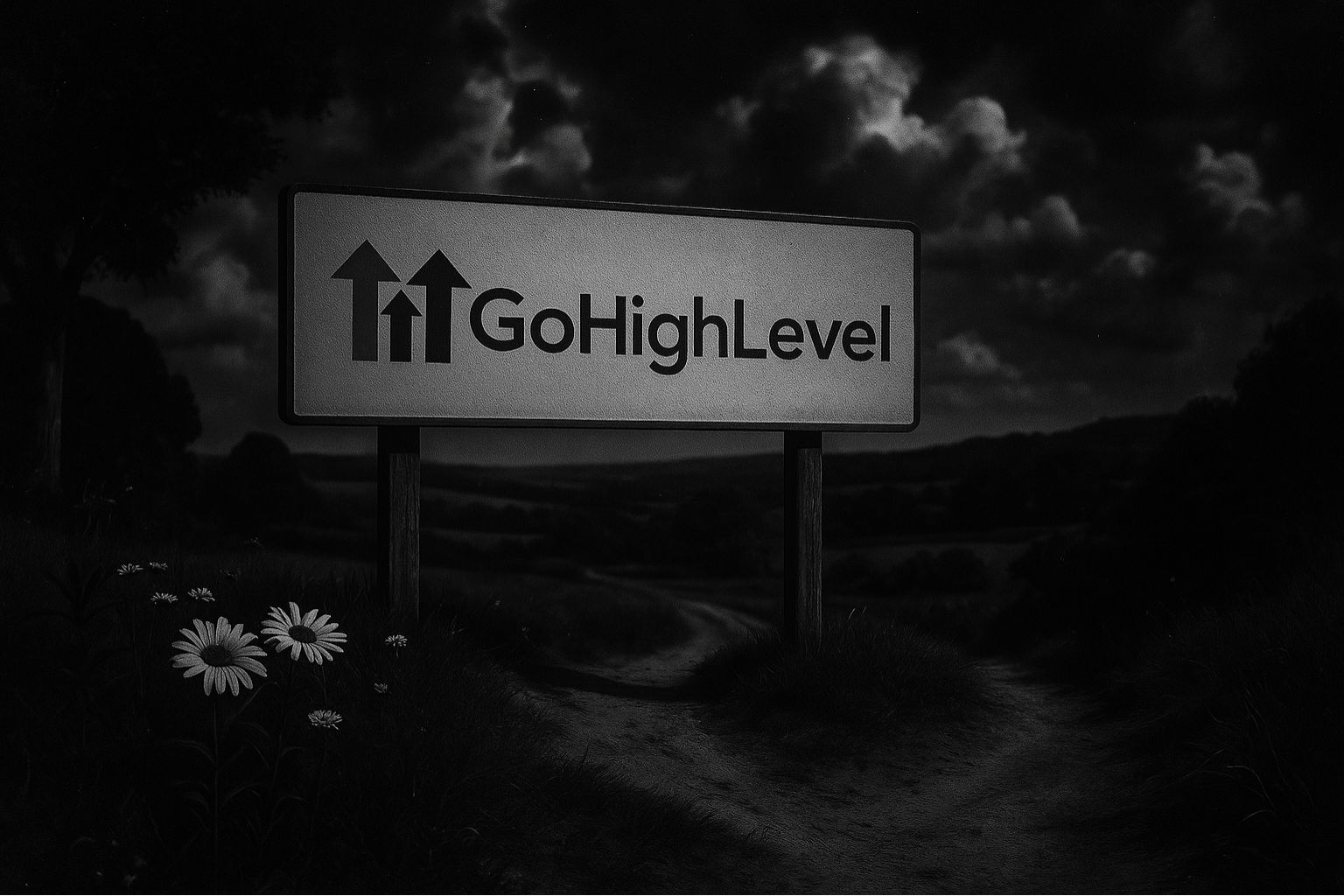
Prompt:
Pop Culture & Fantasy Styles
Cyberpunk
Cyberpunk art is all about a futuristic, tech-noir vibe – usually set in neon-lit cities with towering skyscrapers, holograms, and a mix of high technology and gritty streets. The color scheme tends to feature neon pinks, blues, and purples against dark backgrounds. You might see cybernetic enhancements on characters or hovering vehicles among massive advertisements in the sky. The mood can be edgy, rainy, and bustling.
Tips: Use “cyberpunk” in your prompt and pile on futuristic details. Keywords like “neon lights,” “rainy night,” “Augmented reality displays,” “Blade Runner vibe” will help. Don’t shy away from including brand names or texts on signs (the AI might generate gibberish text, but the effect still works). Also, describe the atmosphere – “crowded market with cybernetic vendors” or “lone figure with cybernetic arm under a flickering streetlight” – to ground the style in a scenario.
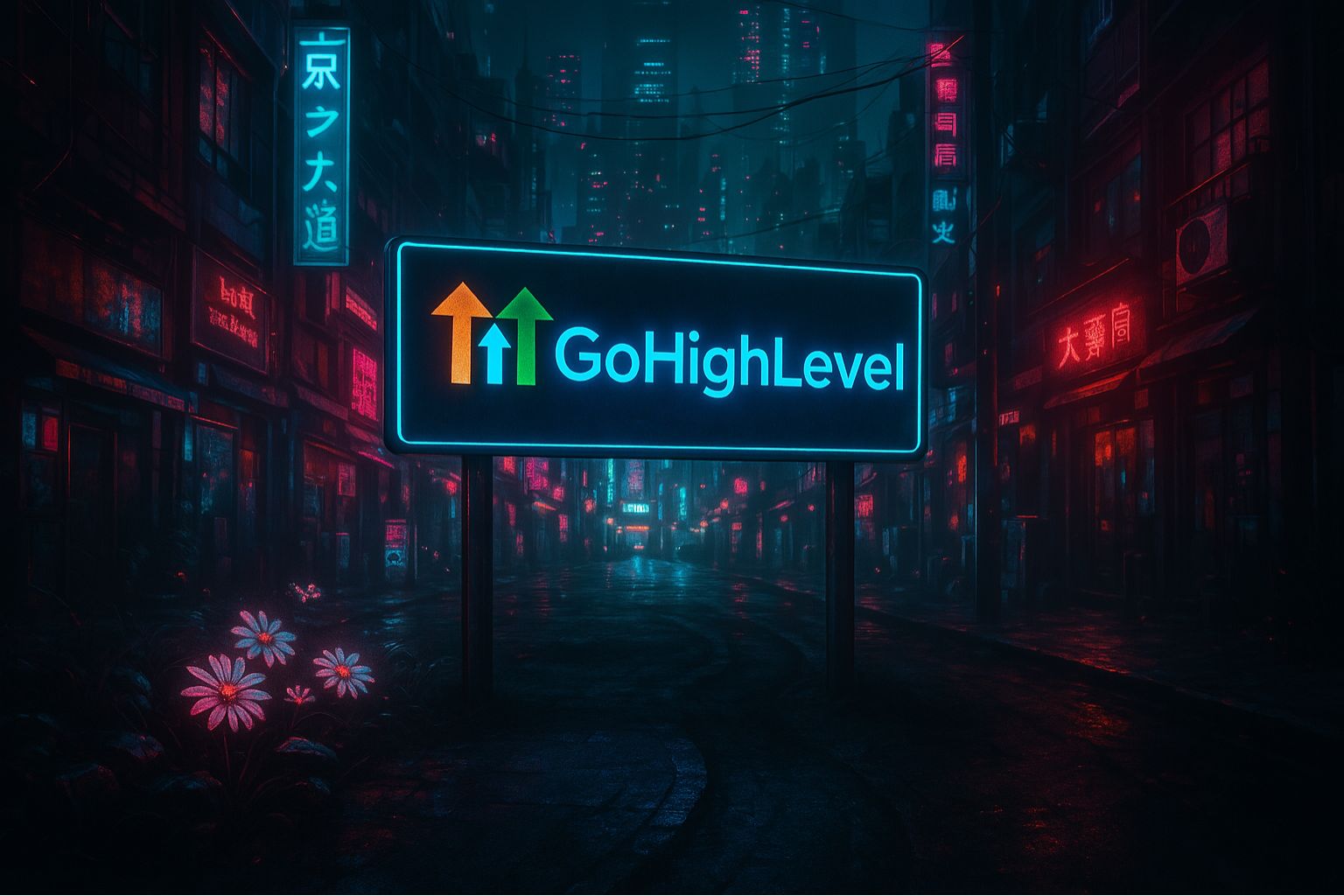
Prompt:
Steampunk
Steampunk merges Victorian-era aesthetics with retro-futuristic technology (think steam-powered robots and gear-driven computers). Visually, it means lots of cogwheels, brass, leather, and Victorian fashion mixed with imaginative machinery. Colors are often warm browns, coppers, and golds, as if everything is made from old metal and wood. You might see things like airships, clockwork mechanisms, goggles, and ornate steam-powered devices.
Tips: Definitely include “steampunk” in your description. Mention specific hallmarks like “brass gears,” “steam engine,” “Victorian dress,” “goggles,” etc. The AI often does well if you specify an object + steampunk (for example, “steampunk airship” or “steampunk robot”). To get the full effect, set the scene in an industrial revolution era setting or describe the technology in fantastical terms (e.g., “a steam-powered mechanical horse”).
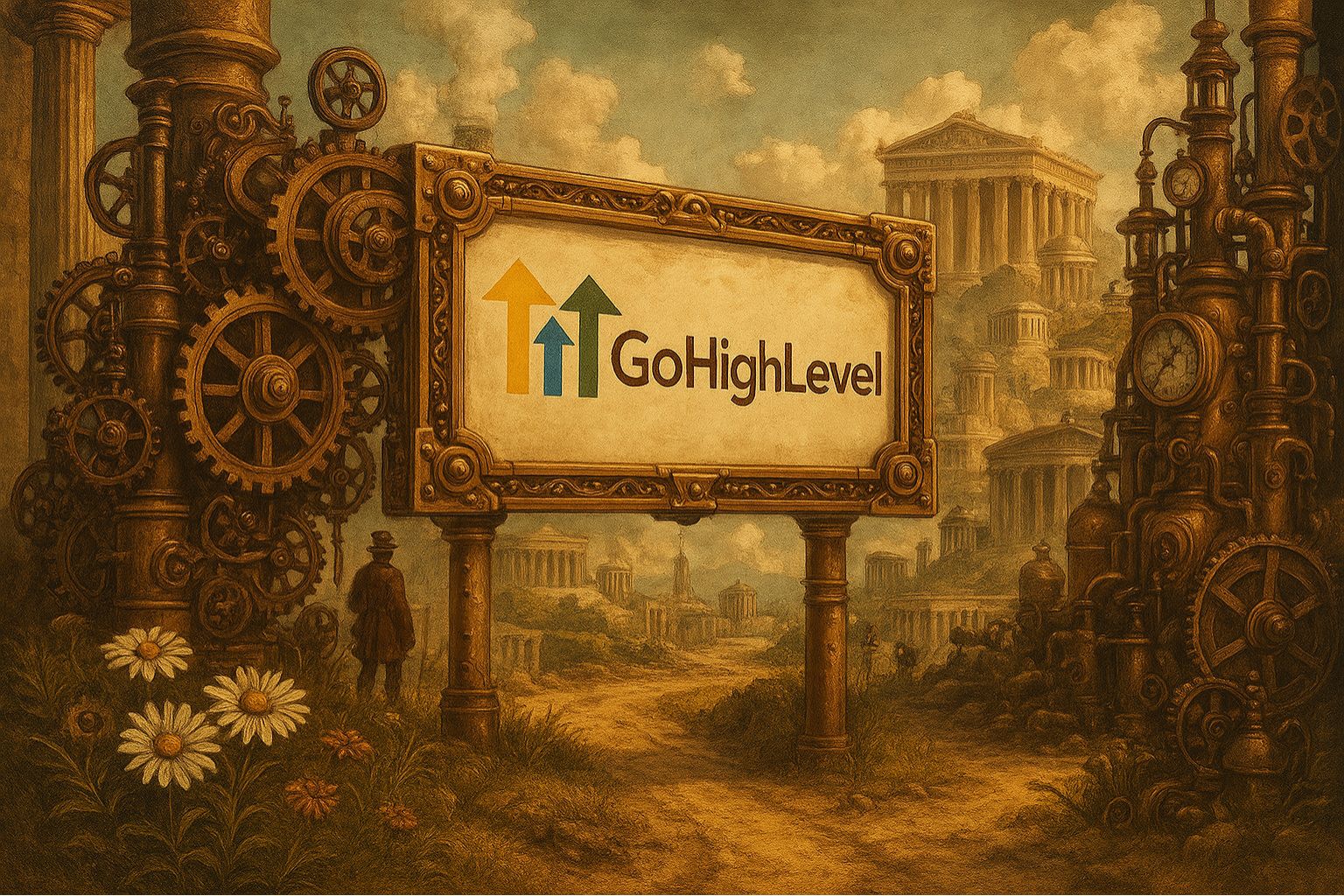
Prompt:
Fantasy Illustration (High Fantasy)
Fantasy art typically portrays mythical worlds – think knights, dragons, enchanted forests, castles in the clouds, wizards conjuring spells. The style can range from realistic to more concept-art painterly, but common to all is a sense of epic wonder. Lighting is often dramatic (glowing magic, rays of sunlight from heavens), and the color palette rich (emerald forests, fiery dragon breath, etc.).
Tips: Use big, evocative words like “majestic,” “enchanted,” “mythical,” or “otherworldly.” Including specific fantasy elements (elves, dragons, magic runes, etc.) will focus the image. If you want a particular art style, you could say “digital painting” or “fantasy concept art style.” This tells the AI to lean more toward illustration quality. Don’t hesitate to set a mood – “ominous dark forest” vs. “heavenly light” will yield very different but equally fantastical outcomes.
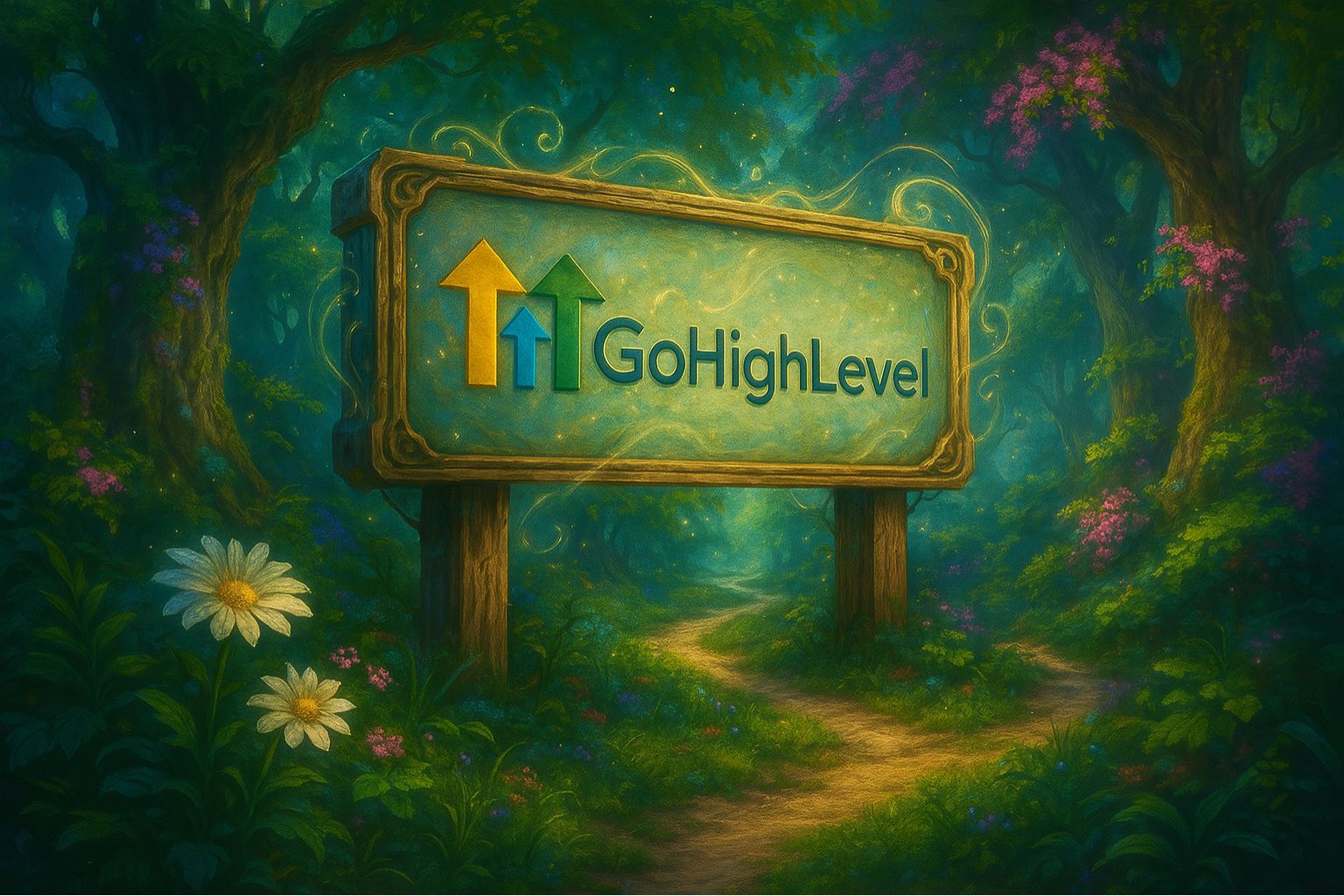
Prompt:
Noir (Detective Comic) Style
(Distinct from photographic noir, this is more of a comic/graphic novel approach.) Noir in comics or illustration combines the shadowy, high-contrast look with drawn art. Think of Frank Miller’s Sin City or other graphic novels: often black, white, and one accent color, or just very dark palettes. Scenes show dramatic perspective – a detective under a streetlamp, or a femme fatale with long shadows on the wall. The style evokes grit and suspense.
Tips: Use “noir illustration” or “noir comic style”. Specifying black and white except one object colored can sometimes work (this style is often called “selective color” in photography). Mention classic noir tropes: “cigarette smoke,” “shadows of blinds,” “fedoras,” “gun silhouette,” etc., depending on your scene. Keeping the content simple (one or two characters, one setting) will help the AI focus on getting the style right.
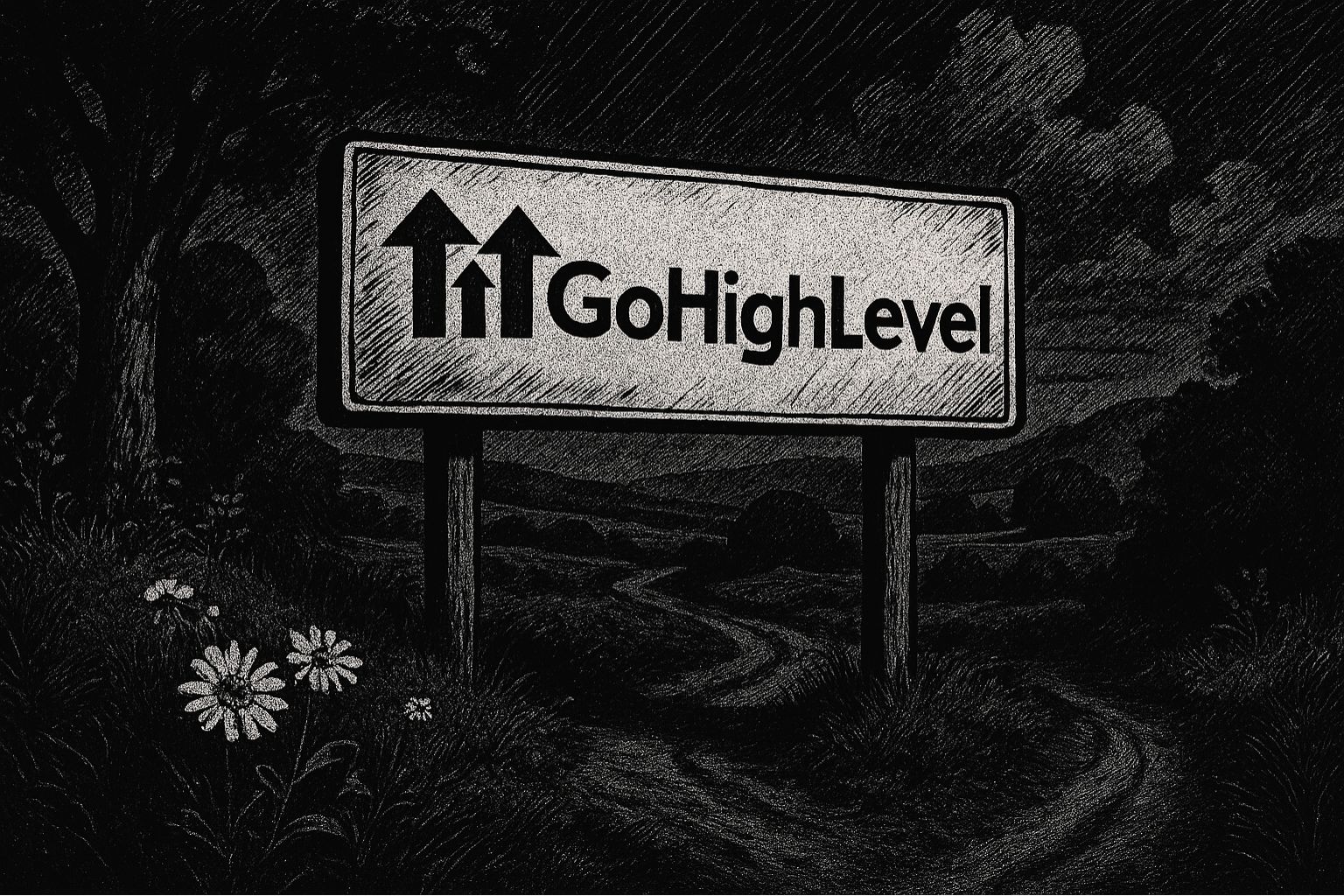
Prompt:
With these 17 styles, you have a broad toolkit to spark your imagination. When using ChatGPT’s image generation, remember that combining styles is also possible – you could try “a watercolor cyberpunk scene” or “steampunk meets Pixar” for hybrid fun. As a beginner, start with one style at a time and include some of the key terms mentioned for that category. Then, refine by adding details or mixing in other influences. Prompting is an iterative, creative process – much like being an artist giving instructions to an assistant. Enjoy experimenting with these styles, and most importantly, have fun creating visual stories with AI!
Related Posts


